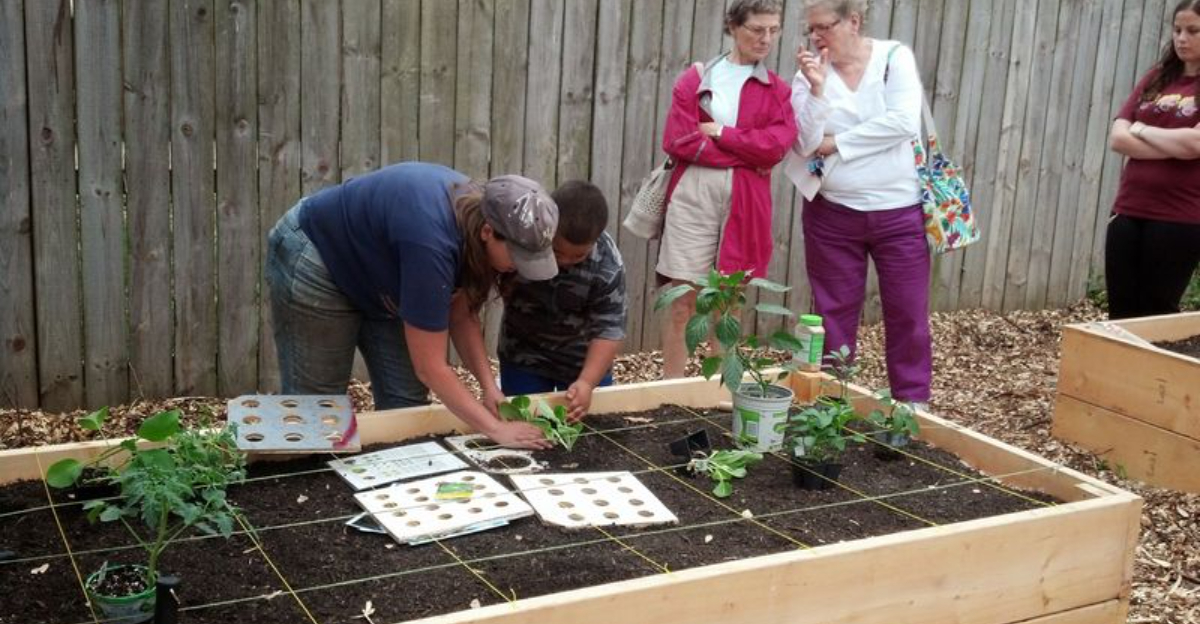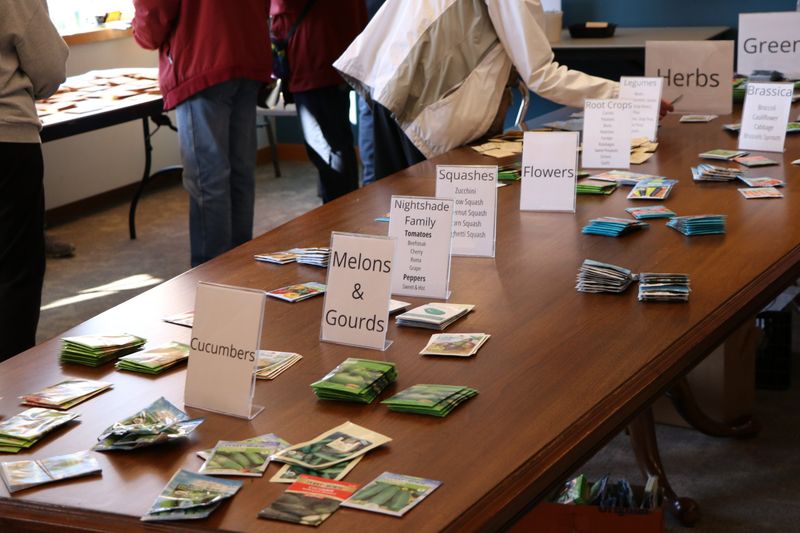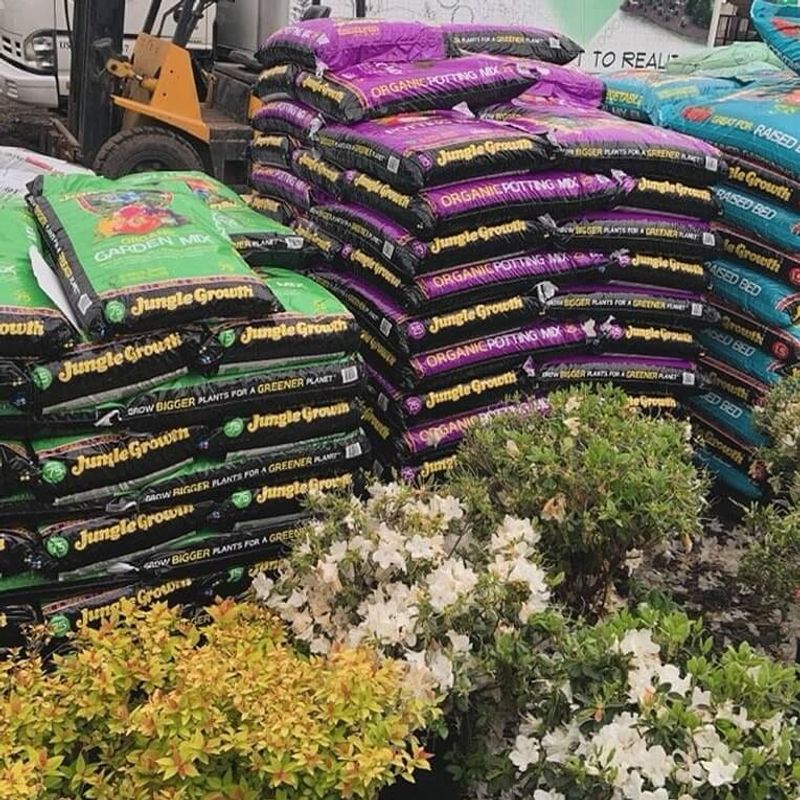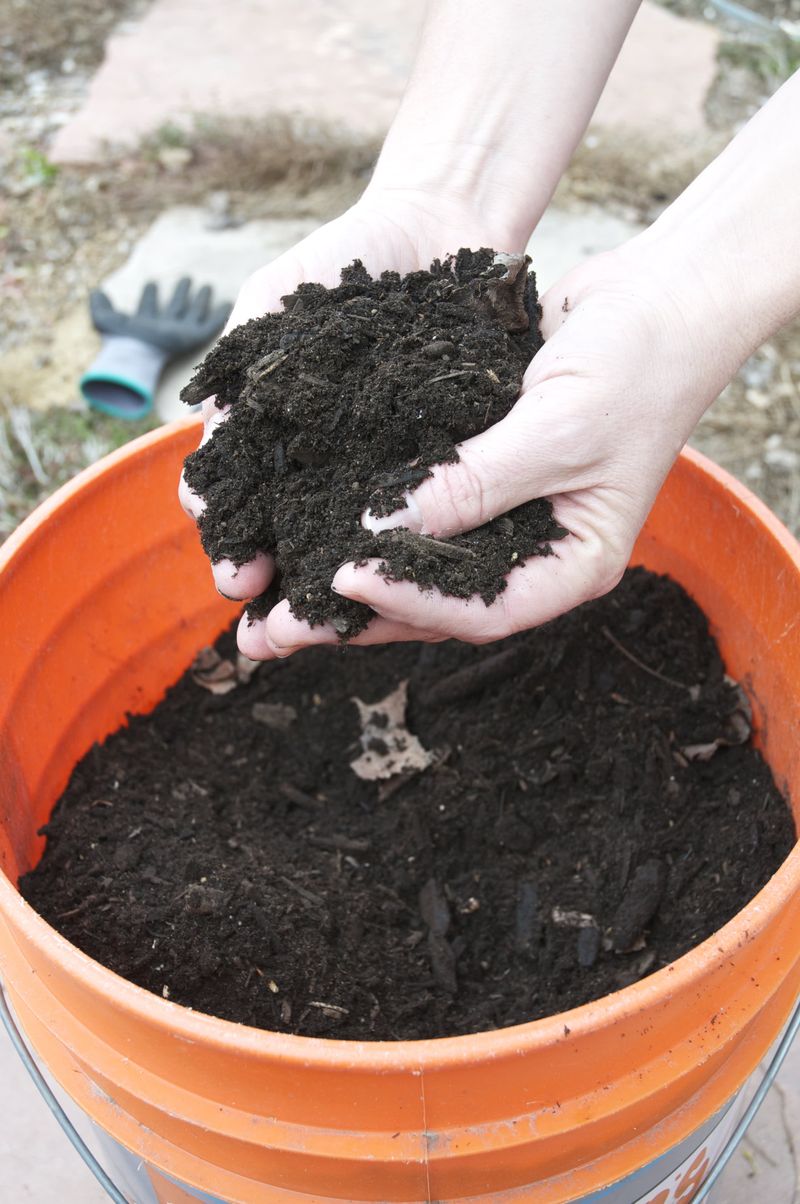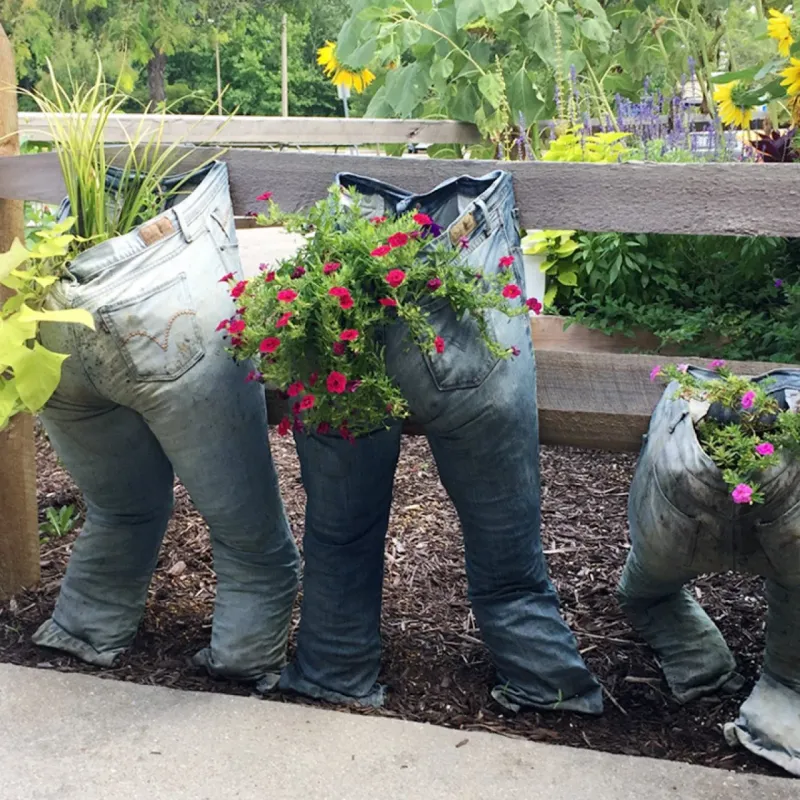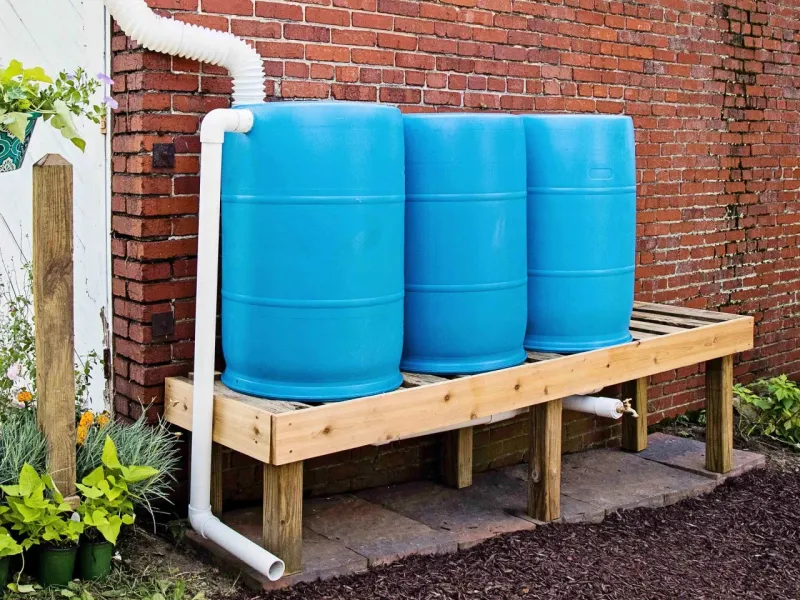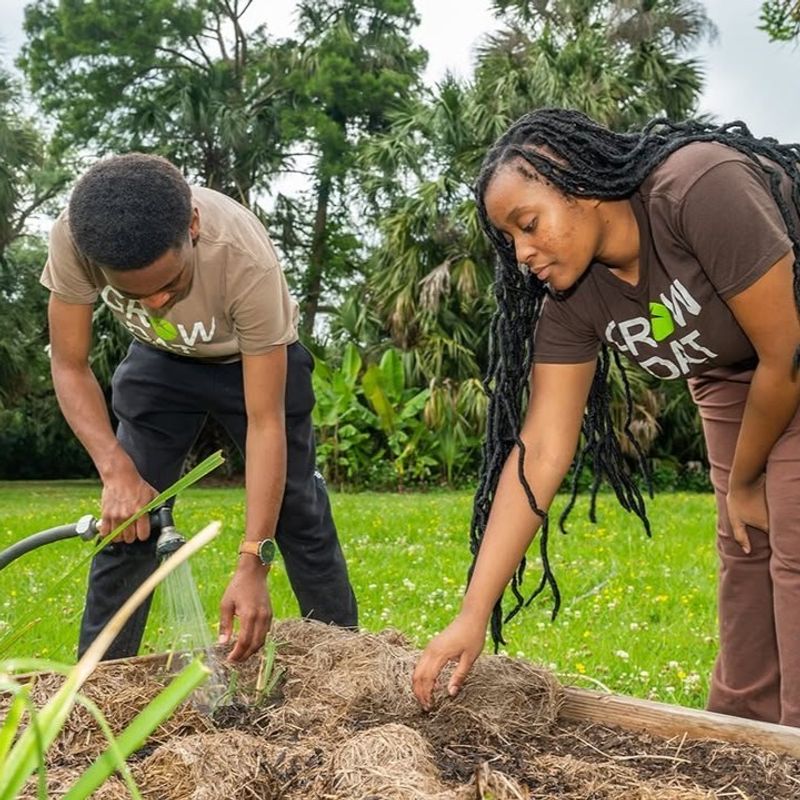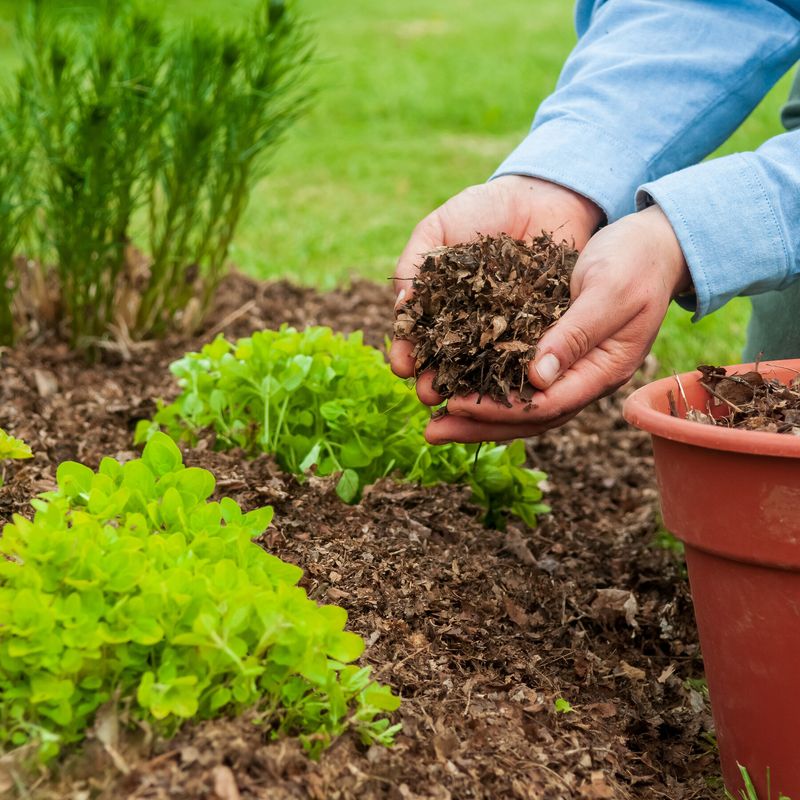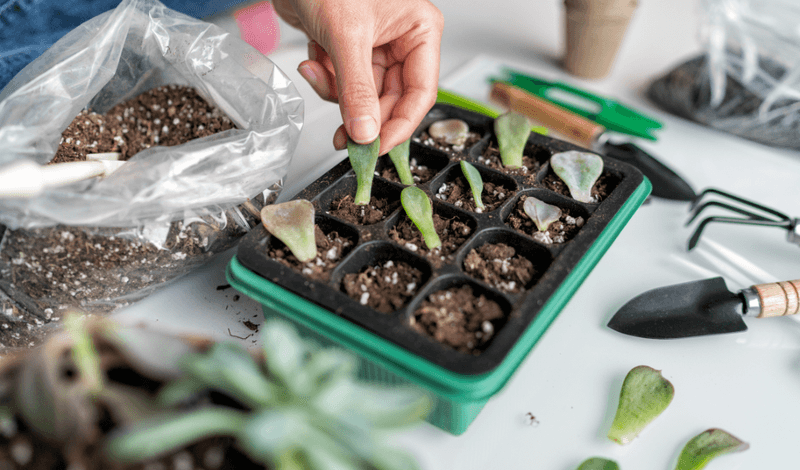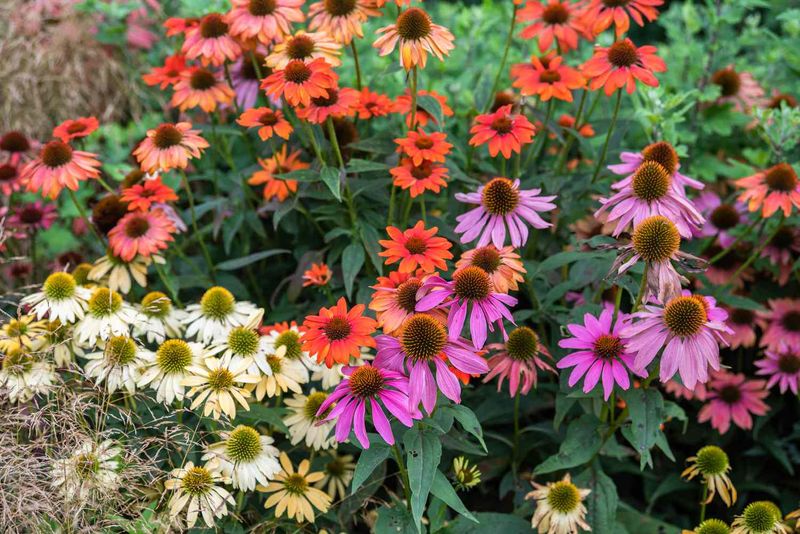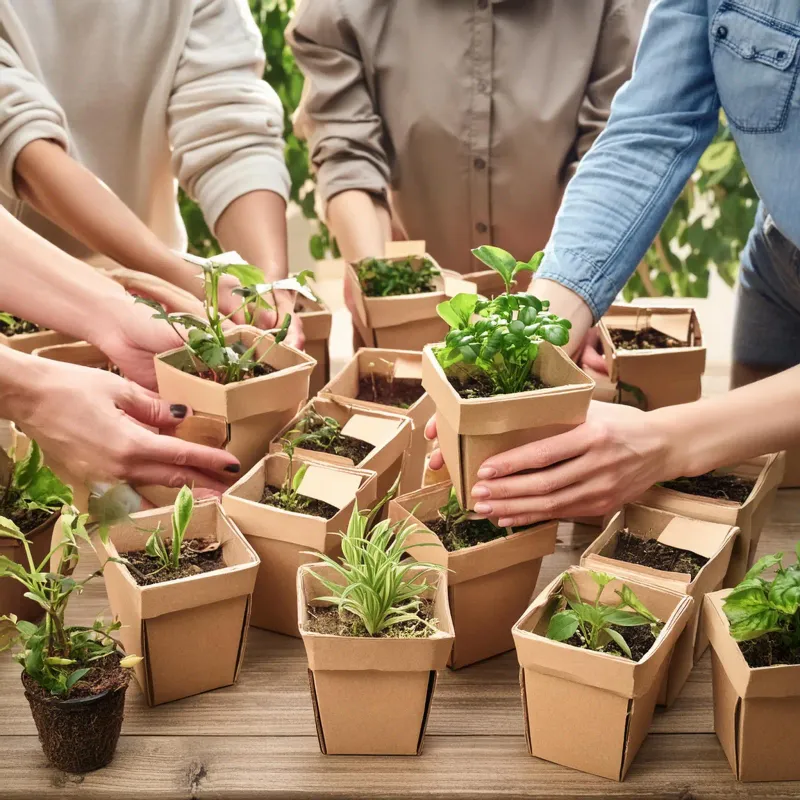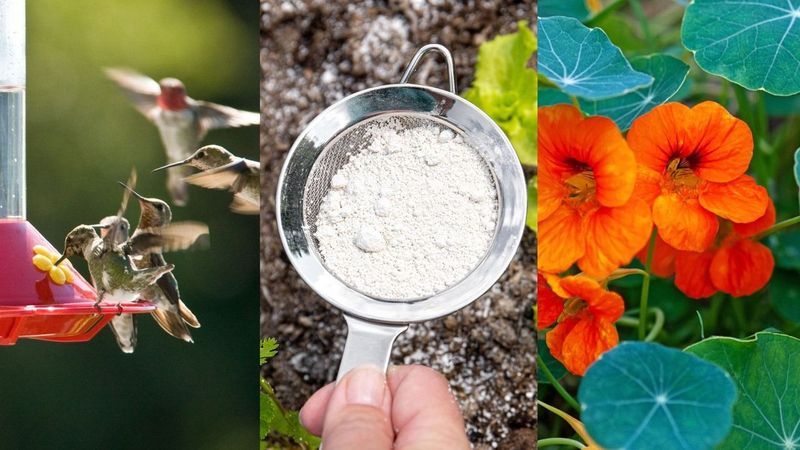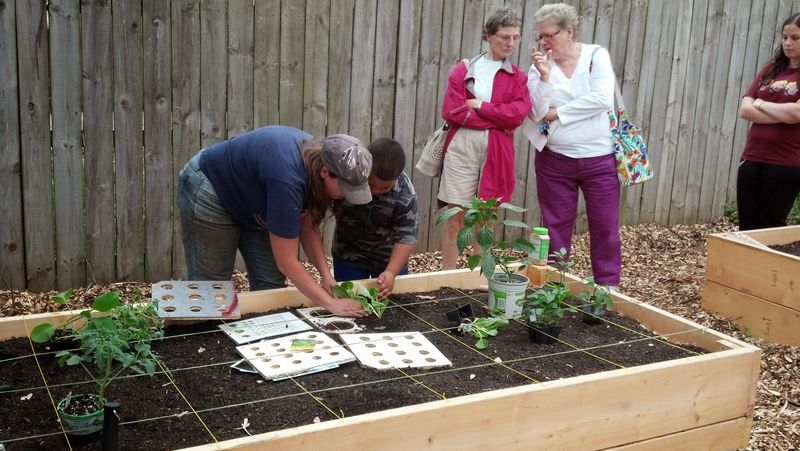Recent tariff implementations have led to increased costs across various sectors, including gardening. Gardeners are now facing higher prices for essential supplies such as tools, seeds, and fertilizers. Understanding the impact of these tariffs and adopting strategies to mitigate their effects can help maintain your gardening activities without straining your budget.
1. Start a Seed Exchange
Starting a seed exchange in your community is like opening a treasure chest of possibilities. You can swap seeds with fellow gardeners, each packet brimming with potential for vibrant, blooming gardens. This practice not only saves money but fosters community bonds. Imagine trading stories along with seeds, each anecdote adding to the tapestry of your gardening journey. It’s a delightful way to diversify your garden with unique plants you might never have tried otherwise. Plus, it’s eco-friendly, encouraging the sharing of heirloom and rare seeds that commercial markets often overlook.
2. Buy in Bulk
Buying in bulk can be a gardener’s best-kept secret to slashing costs. When you purchase large quantities, from soil to seeds, you often enjoy discounts that smaller purchases don’t provide. It’s akin to stocking up for a feast – satisfying and economical. Not only do you save money, but you also reduce packaging waste. With bulk purchases, there’s always an abundance of supplies at your fingertips, ready to fuel your next gardening project. This strategy is perfect for the organized gardener who loves to plan ahead and prepare for every planting season.
3. Make Your Own Compost
Crafting your own compost is like cooking a nutritious meal for your garden. By recycling kitchen scraps and yard waste, you create a rich, organic mix that nourishes your plants. It’s not just cost-effective, but incredibly rewarding, watching waste transform into ‘black gold.’ This natural fertilizer boosts plant growth and reduces the need for store-bought chemical alternatives. The earthy scent of fresh compost, combined with the satisfaction of sustainability, enriches your gardening experience. Plus, it’s a win for the environment, reducing landfill contributions.
4. Repurpose Household Items
Turning household items into gardening tools is a beautiful dance of creativity and practicality. Old bathtubs become planters, tin cans transform into pots, and broken ladders evolve into vertical gardens. This approach saves money and gives your garden a unique, personal touch. The joy comes in the crafting, reimagining the ordinary into extraordinary garden features. Not only do you enhance your garden’s aesthetic, but you also contribute to a sustainable lifestyle. It’s a whimsical adventure, where every item tells a story of renewal and resourcefulness.
5. Create a Rainwater Harvesting System
Creating a rainwater harvesting system is akin to tapping into nature’s endless resource. By collecting and storing rainwater, you significantly cut down on water bills and ensure a sustainable water source for your garden. Imagine the soothing sound of rain filling your barrels, each drop a gift from the skies. This eco-friendly practice not only conserves resources but also empowers you with a sense of independence. With a well-established system, your plants will always have access to natural water, ensuring a thriving, lush garden year-round.
6. Join a Gardening Co-op
Joining a gardening co-op weaves you into a tapestry of shared knowledge, resources, and passion. Here, gardeners unite to purchase supplies in bulk, share tools, and swap advice, making it an economical choice. You become part of a community where the collective wisdom is as nourishing as the soil under your nails. It’s a place where friendships bloom alongside plants, and every meeting is a chance to learn something new. Through collaboration, you cut costs while enriching your gardening experience, surrounded by like-minded enthusiasts.
7. Use Mulching Techniques
Applying mulch is like dressing your garden in a protective cloak. This simple yet effective method conserves moisture, suppresses weeds, and enhances soil fertility. By using organic materials, such as leaves or bark, you create a thriving ecosystem right at the root level. The earthy aroma of mulch, combined with the visual appeal of a neatly covered garden bed, enriches your gardening journey. This technique not only saves water and reduces maintenance costs but also nurtures a healthy, vibrant garden that’s ready to flourish.
8. Propagate Your Own Plants
Propagating plants is like creating life from life. By taking cuttings from existing plants, you can grow new ones at no extra cost. It’s a fascinating process, watching roots sprout from stems, each new leaf a testament to your patience and care. This method allows you to expand your garden with minimal expense and a sense of accomplishment. The joy of nurturing a small cutting into a flourishing plant is unparalleled. With propagation, your garden becomes a tapestry of growth and renewal, a testament to your green thumb.
9. Opt for Perennials Over Annuals
Choosing perennials over annuals is like investing in a long-term relationship rather than a fleeting romance. Perennials return year after year, offering consistent beauty without the need for yearly replanting. This choice saves both time and money, allowing you to enjoy a blooming garden with less effort. Imagine walking through a garden that evolves and grows with you, each season bringing familiar favorites. The vibrant blooms and lush foliage of perennials become a reliable source of joy, anchoring your garden’s aesthetic through the years.
10. Share Resources with Neighbors
Sharing resources with neighbors transforms gardening into a communal experience. Tools, seeds, and even labor can be swapped, reducing costs and fostering bonds. Imagine borrowing a tiller from next door, or sharing excess zucchini from your bounty. These exchanges not only lighten the financial load but also create a network of support and camaraderie. Your garden becomes part of a larger tapestry, woven together by shared interests and mutual aid. It’s an enriching experience, turning solitary gardening into a shared adventure.
11. Utilize Natural Pest Control
Embracing natural pest control is like inviting nature’s own guardians into your garden. Ladybugs, beneficial nematodes, and certain plants can ward off pests without chemicals. This approach not only protects your plants but also nurtures a balanced ecosystem. Imagine the gentle hum of bees and the flutter of butterflies, each playing a role in maintaining harmony. By avoiding chemical pesticides, you save money and contribute to a healthier environment. This method helps your garden thrive, filled with life and color, a testament to nature’s wisdom.
12. Explore Urban Gardening Options
Exploring urban gardening is like finding an oasis in the concrete jungle. From rooftop gardens to vertical planting, these techniques maximize limited space and redefine city living. Visualize lush greenery against a backdrop of skyscrapers, each plant a triumph over the urban sprawl. These gardens offer a reprieve from bustling city life, creating serene spaces that connect you with nature. Urban gardening not only transforms cityscapes but also reduces food costs and carbon footprints. It’s a creative venture, bringing nature’s tranquility to city dwellers.
13. Attend Free Gardening Workshops
Attending free gardening workshops opens a world of knowledge without costing a dime. These gatherings are treasure troves of tips and techniques, taught by experienced gardeners eager to share their wisdom. Picture yourself amidst fellow enthusiasts, exchanging ideas and learning new skills. Workshops can cover everything from composting to pest control, arming you with valuable insights to enhance your gardening prowess. They foster a sense of community and belonging, all while equipping you with the tools to cultivate your dream garden efficiently.
